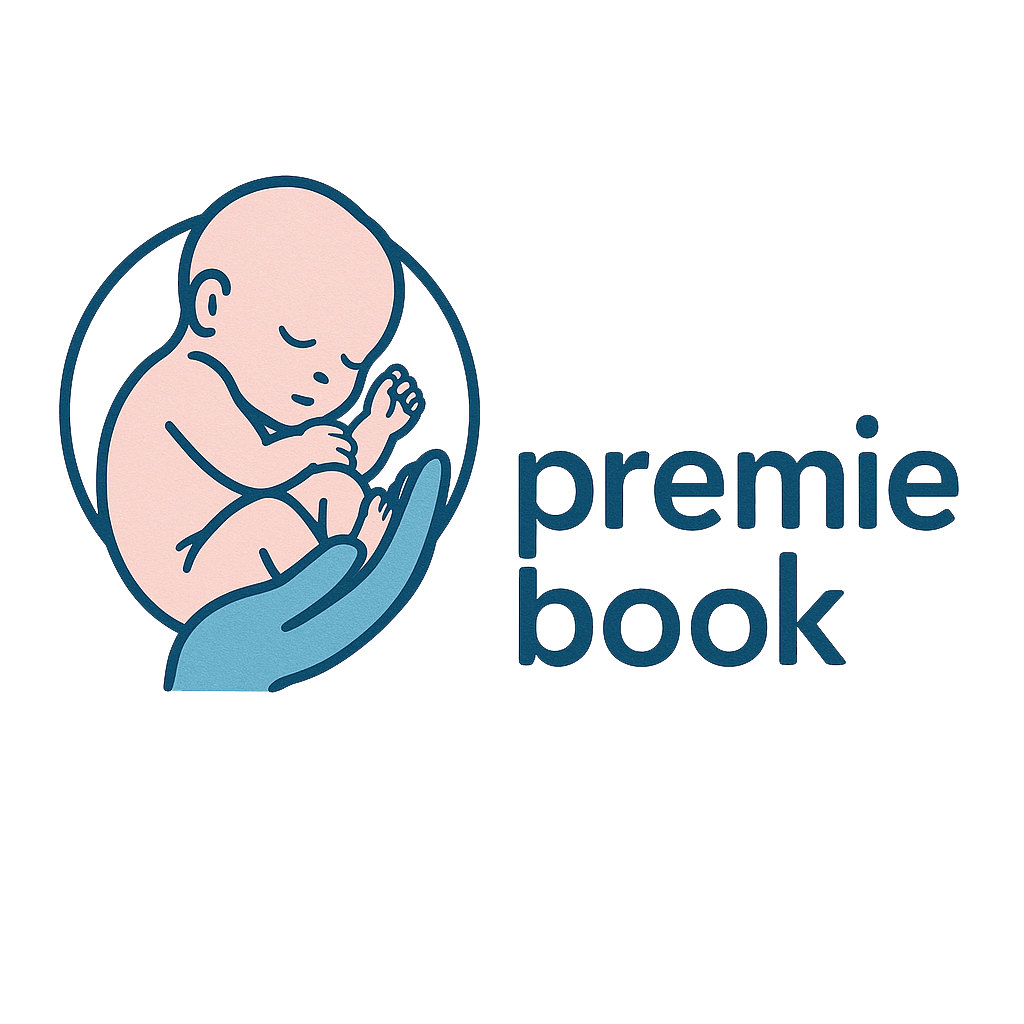The global Drone LiDAR Payloads Market is witnessing significant growth as unmanned aerial vehicles (UAVs) become increasingly vital for mapping, surveying, and environmental monitoring. Advanced LiDAR (Light Detection and Ranging) payloads enable drones to capture highly precise three-dimensional data, creating immense opportunities across defense, infrastructure, forestry, and agriculture sectors. Market dynamics indicate robust demand for drone-mounted LiDAR systems, particularly in areas requiring accurate terrain analysis and high-resolution imaging.
Technological innovations are driving market expansion, with lightweight LiDAR sensors allowing longer flight durations and higher-resolution mapping. Integration with GPS, inertial navigation systems, and advanced data-processing software enhances efficiency and precision. These advancements are particularly valuable for industries like construction, mining, and urban planning, where accurate geospatial data is critical for decision-making and cost reduction.
Rising government investments in smart city initiatives, infrastructure monitoring, and disaster management projects are also fueling adoption. Drone LiDAR payloads provide efficient and cost-effective solutions compared to traditional manned aircraft or ground-based surveying methods, offering substantial time and resource savings.
Request a Sample Report: https://researchintelo.com/request-sample/82002
Market Drivers and Growth Trends
Key drivers shaping the Drone LiDAR Payloads Market include:
-
Increased UAV Utilization: Rising use of drones for aerial mapping, agriculture, and forestry management is boosting demand for high-accuracy LiDAR payloads.
-
Technological Advancements: Lightweight, energy-efficient LiDAR sensors with enhanced data-processing capabilities enable longer flight times and better terrain coverage.
-
Government Initiatives: Infrastructure development, environmental monitoring, and disaster management programs are encouraging adoption across multiple regions.
Global trends indicate the market is expected to grow at a compound annual growth rate (CAGR) of approximately 13% between 2025 and 2030. North America currently dominates the market, followed by Europe and Asia-Pacific, driven by early adoption of UAV technologies and extensive government-backed projects.
Restraints and Challenges
Despite its potential, the Drone LiDAR Payloads Market faces several constraints:
-
High Equipment Costs: Advanced LiDAR payloads and UAVs are expensive, limiting accessibility for small-scale operators.
-
Regulatory Hurdles: Stringent UAV flight regulations in some regions slow market penetration and commercial applications.
-
Technical Limitations: Payload weight, battery life, and data processing requirements can pose operational challenges, especially for longer missions.
Overcoming these challenges will require innovation in lightweight sensor design, battery technology, and regulatory frameworks that encourage safe drone operations without compromising efficiency.
View Full Report: https://researchintelo.com/report/drone-lidar-payloads-market
Opportunities and Emerging Applications
The market presents promising opportunities across diverse sectors:
-
Agriculture: Precision agriculture applications are expanding as LiDAR payloads help monitor crop health, soil conditions, and water distribution.
-
Forestry and Environmental Monitoring: Drones equipped with LiDAR can map forests, track deforestation, and analyze biodiversity in difficult-to-access areas.
-
Infrastructure Inspection: LiDAR payloads are increasingly used for monitoring bridges, railways, pipelines, and power lines, providing detailed structural insights while reducing operational risk.
-
Disaster Management: Drone LiDAR systems facilitate rapid assessment of flood-prone or disaster-affected areas, enabling faster response and recovery planning.
Furthermore, the integration of AI and machine learning with LiDAR data is enhancing predictive analytics, allowing stakeholders to make informed decisions quickly and accurately.
Market Segmentation and Regional Insights
The Drone LiDAR Payloads Market is segmented by payload type, application, and region:
-
Payload Type: Lightweight, medium, and heavy LiDAR sensors cater to different UAV categories. Lightweight payloads dominate due to extended flight times and affordability.
-
Application: Surveying & mapping, agriculture, forestry, defense, and infrastructure monitoring are primary use cases. Surveying & mapping holds the largest share owing to widespread adoption for geospatial data acquisition.
-
Region: North America leads the market with extensive UAV adoption and government-backed projects. Asia-Pacific is witnessing rapid growth driven by infrastructure development and agricultural monitoring.
Market statistics suggest that by 2030, the global market value could surpass USD 1.2 billion, underpinned by ongoing innovation and expanding UAV applications.
Enquire Before Buying: https://researchintelo.com/request-for-customization/82002
Competitive Landscape and Innovation Trends
Although this report avoids specific company references, the market is highly competitive, with a strong focus on innovation and collaboration. Key trends include:
-
Development of compact, high-precision LiDAR sensors suitable for smaller drones.
-
Advanced software platforms for real-time data processing and cloud-based geospatial analysis.
-
Partnerships between drone manufacturers and LiDAR technology providers to optimize payload integration and flight performance.
Additionally, drone LiDAR payload manufacturers are exploring modular designs, enabling flexible payload swaps and multi-mission capabilities, further enhancing operational efficiency.
Future Outlook and Strategic Insights
The Drone LiDAR Payloads Market is poised for significant transformation over the next decade. Key strategic insights include:
-
Adoption of autonomous drone fleets equipped with LiDAR for large-scale surveying projects.
-
Increasing demand from emerging economies investing in infrastructure, urban planning, and environmental monitoring.
-
Continuous improvements in sensor technology, miniaturization, and battery life, enabling longer and more precise missions.
Investors and stakeholders are advised to focus on technological advancements, regulatory compliance, and strategic partnerships to leverage market growth effectively.
Check Out the Report: https://researchintelo.com/checkout/82002
Conclusion
The Drone LiDAR Payloads Market represents a high-growth segment in the UAV ecosystem, driven by technological innovation, government initiatives, and growing demand for precision mapping and monitoring solutions. While challenges like cost and regulation exist, opportunities across agriculture, infrastructure, forestry, and disaster management remain substantial. Continuous advancements in payload design and data analytics are set to further accelerate market adoption.


